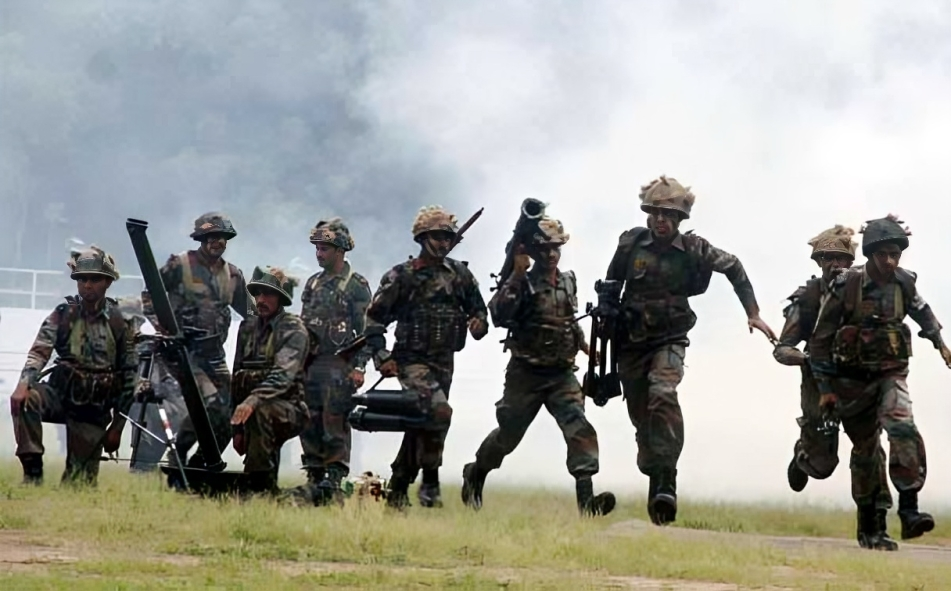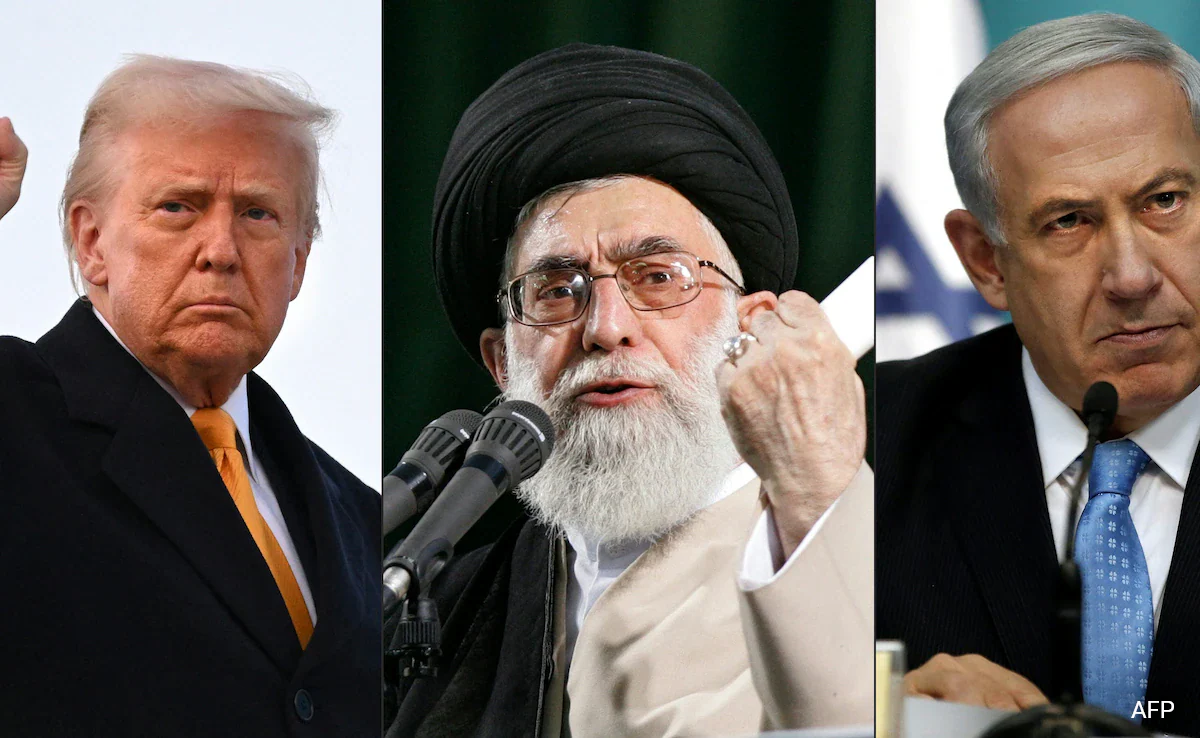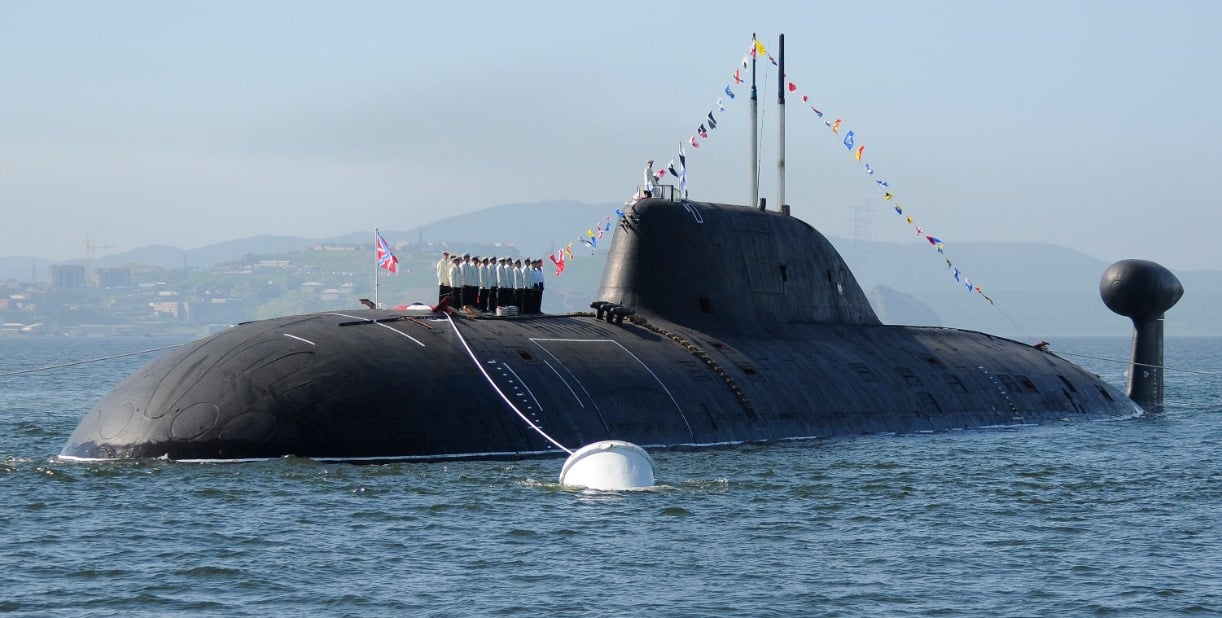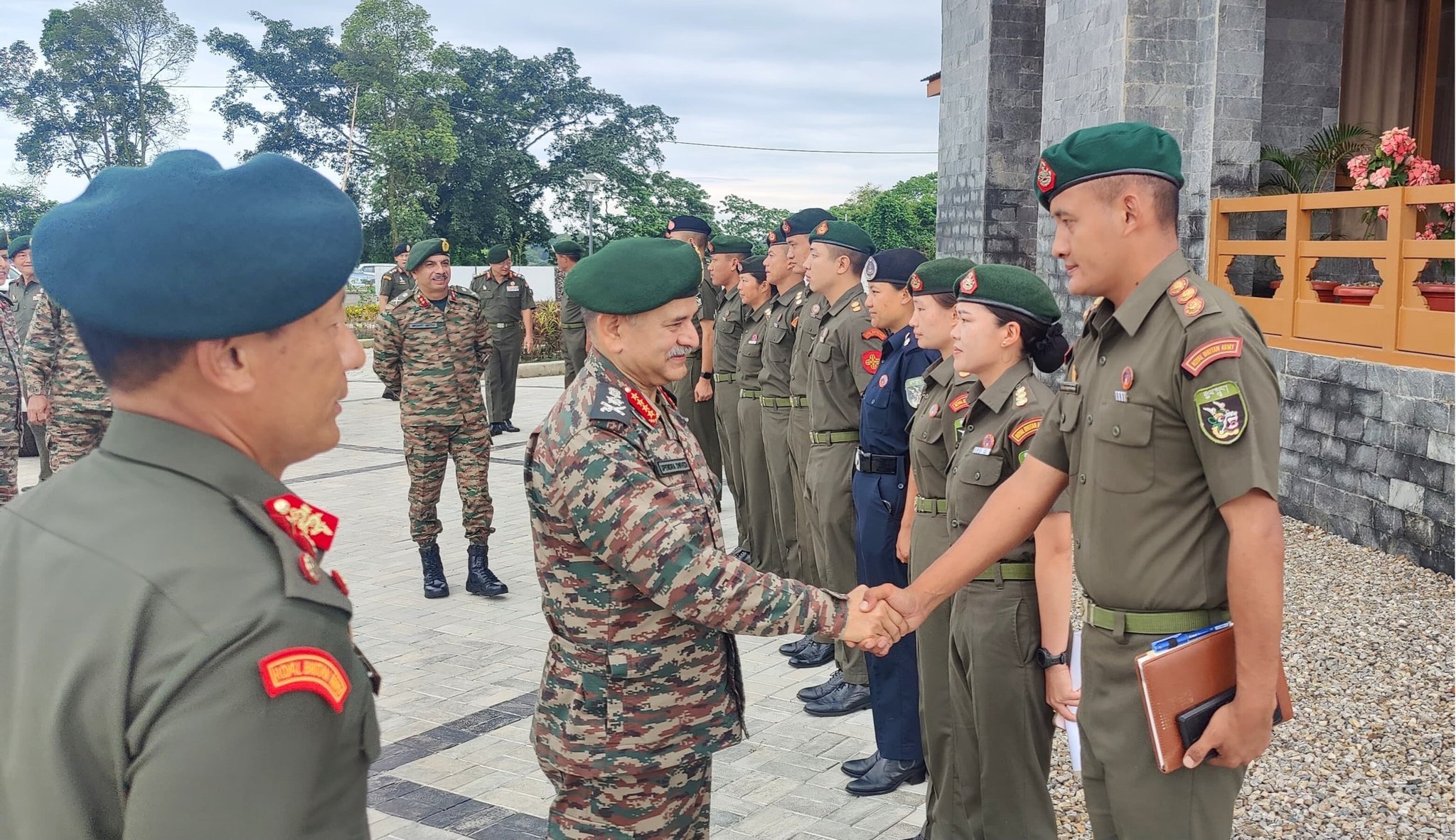Operation CHHATRU: Joint Counter-Terror Operation Underway in Kishtwar’s Kanzal Mandu Region
A joint counter-terrorism operation, Operation CHHATRU is currently underway in the Kanzal Mandu area of Kishtwar district in Jammu and…
Iran Suspends Cooperation with IAEA Following Conflict with Israel, US
Iranian President Masoud Pezeshkian has officially signed into law a bill suspending cooperation with the International Atomic Energy Agency (IAEA),…
Paras Anti Drone Technologies to Supply Advanced Counter-UAV Systems to France’s CERBAIR
Paras Anti Drone Technologies, a subsidiary of Paras Defence and Space Technologies, announced a major export deal on Tuesday to…
India Urges U.S. to Fast-Track GE F404 Engine Deliveries for Tejas Fighter Jets
India’s Defence Minister Rajnath Singh has urged U.S. Secretary of Defense Pete Hegseth to expedite the delayed delivery of GE…
Russia to Supply India with Upgraded Akula-Class Submarine Armed with 1,500 km Kalibr Missiles
In a significant step toward enhancing India’s naval firepower, Russia is set to deliver a leased Akula-class nuclear-powered attack submarine…
General Upendra Dwivedi Visits Bhutan’s Gyalsung Academy, Backs Vision for Youth Empowerment
Chief of Army Staff General Upendra Dwivedi visited the Gyalsung Academy in Jamtsholing, a flagship national service training initiative launched…






